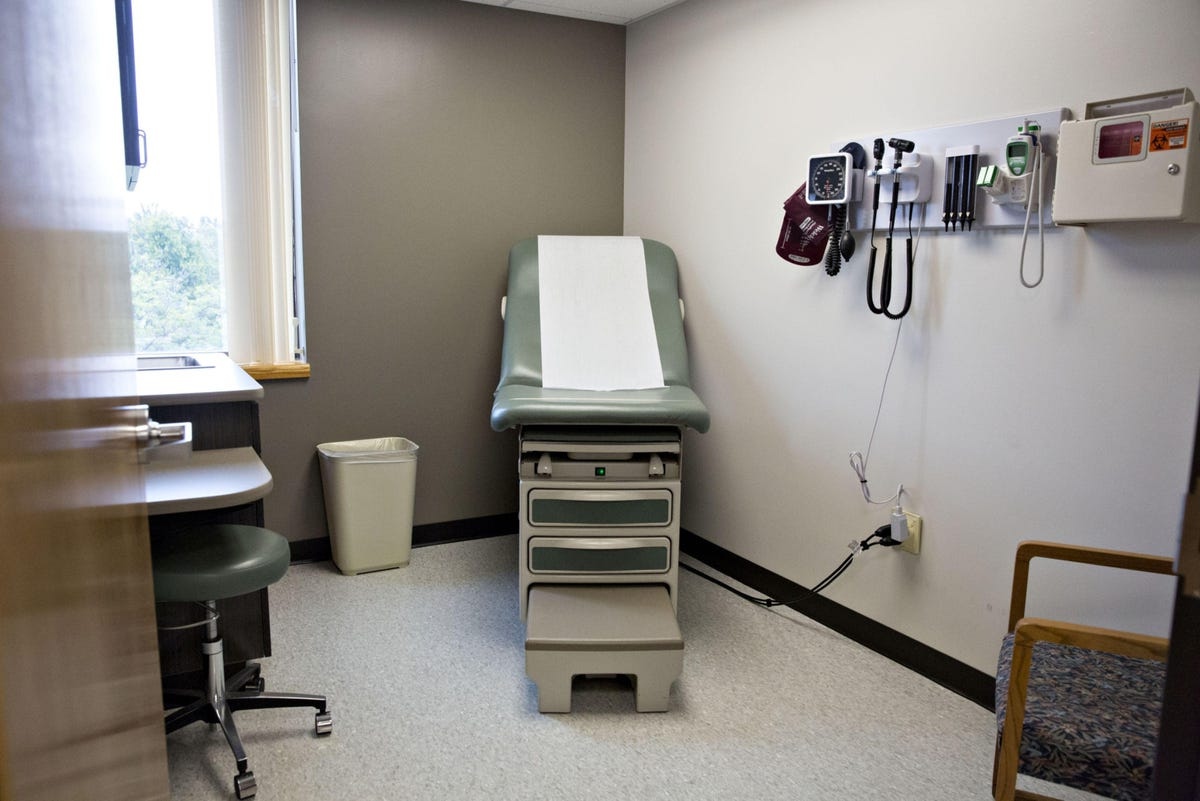
@ShahidNShah


While signs of a new market-based model, defined by greater accountability, payment connected to outcomes and greater transparency in cost and quality, are afoot, this can only be fully realized if delivery organizations pivot in a way that puts the patient consumer squarely at the center. The U.S. healthcare delivery system is in critical condition. As I explained in my last column, in the wake of Covid-19, many hospitals and health systems have been forced to focus their time, energy and resources to address severe operational challenges, including the impact of higher staff wages and benefits along with increased medical staff shortages and burnout. They must also come to grips with outside competitors stepping in to fill the gaps left by a broken fee-for-service (FFS) reimbursement model that has long failed to deliver on the basics: efficiency, affordability, accessibility, transparency and most importantly, health outcomes.
The U.S. healthcare delivery system faces critical challenges that require placing the patient at the center of care. Despite emerging signs of a new market-based model, operational challenges, including higher staff wages and shortages, and a broken fee-for-service reimbursement model continue to impact efficiency, affordability, accessibility, and transparency. Healthcare delivery organizations must pivot their focus to prioritize positive health outcomes, accessibility, affordability, and transparency, and address these challenges.
Continue reading at forbes.com
Surveillance and data are the foundation of public health practice. That’s why CDC continues to focus on strategically improving the systems and approaches used to gather and connect data. This work …
Connecting innovation decision makers to authoritative information, institutions, people and insights.
Medigy accurately delivers healthcare and technology information, news and insight from around the world.
Medigy surfaces the world's best crowdsourced health tech offerings with social interactions and peer reviews.
© 2025 Netspective Foundation, Inc. All Rights Reserved.
Built on Apr 22, 2025 at 12:57pm